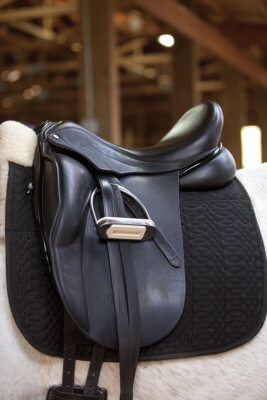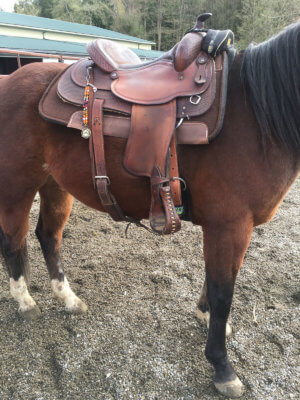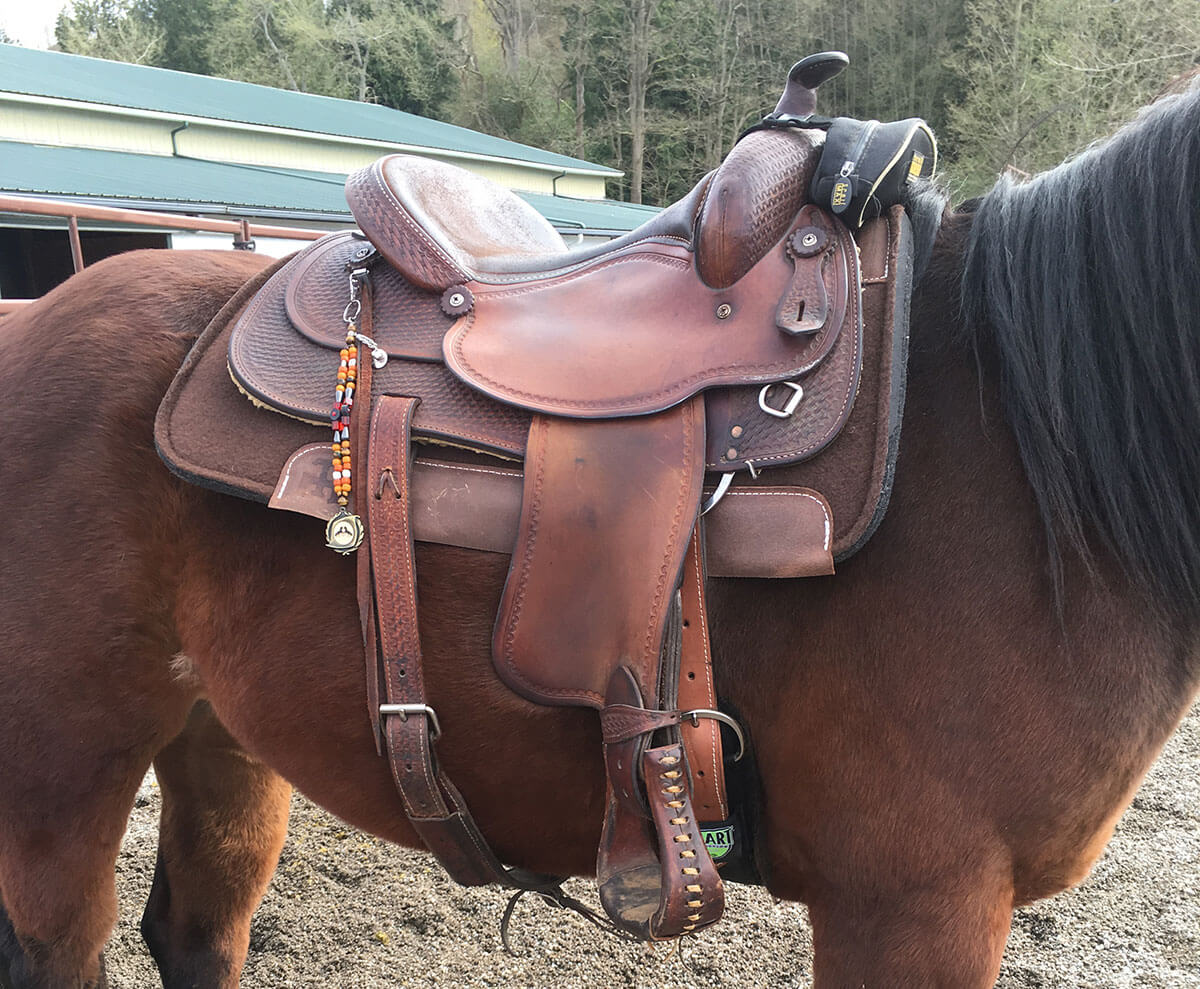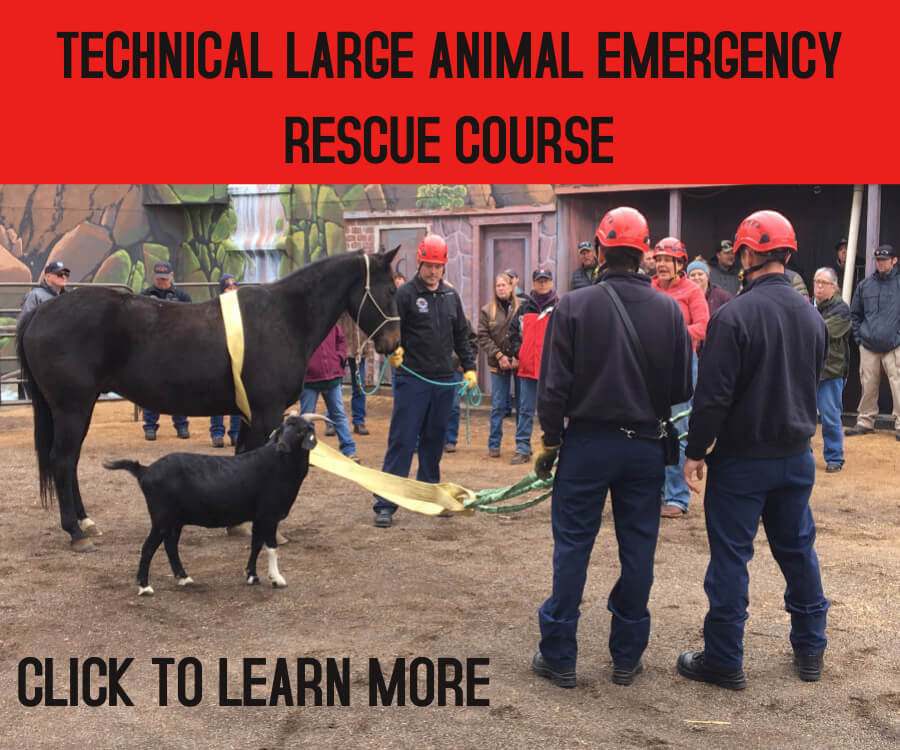English or Western? Which Style of Riding Should I Learn?
By Darleen Finnigan, Saddle Soar Ranch
What is your dream for riding your horse? Do you want to show? Do dressage? Do jumping? Gaming? Do Western Pleasure? Or do you want to primarily trail ride, riding high mountains or desert trails? Do team penning? Reining? Most of these riding goals require a certain saddle and style of riding in that saddle. So, what are the differences?

English: needed for dressage, hunt seat, flat work English. English riding requires a good balanced seat, an imaginary vertical line from your ear, shoulder, hip, heel, sitting tall in the saddle, without your shoulders riding in front of your seat, or your feet reaching forward in the stirrups. It requires you to sit balanced laterally, not putting more weight in either side of the saddle seat. You usually use two handed reining, which teaches you better lateral balance to begin with. (We even teach Western riders two handed reining, or direct reining, to start with until they get a secure enough seat to be able to neck rein without becoming unbalanced laterally.)
Western: required for Western Pleasure showing, team penning, reining, and highly recommended for riding in the rugged, mountainous terrain we have in the Pacific Northwest. Seat requirements, absolutely the same as English, the vertical line from ear to heel, the lateral balance in the saddle seat. Neck reining is usually taught, although for beginners or young horses, direct reining is permissible and advised.

So, what are the differences? In Western the jog is your slow trot, the lope is a slower canter. In English you must learn to ride a rising trot or posting trot. Unless you are preparing for a jump, you sit balanced, exactly the same in either saddle. To help learn good rhythm, Western riders are often taught to do a posting trot, even in a western saddle. For new riders, a Western saddle is often chosen because it gives them a greater sense of security in the saddle and helps them stay on easier when first learning to ride.
What if you don’t know where you want to go with riding, you just want to enjoy your horse? That is the best place to start. In that case, you need to choose an instructor who is skilled in both riding styles and can introduce you to good balanced riding regardless of which saddle you are using. To quote Susan Harris, in the video, “The Visible Rider” “Good riding whether English or Western requires a balanced seat, soft hand, and yielding body.” The saddle you are sitting in to learn should fit you and the horse, and otherwise it really does not make a huge difference unless you are ready to pick your riding specialty. The best riders learn both styles of riding!
Please note that Darleen Finnigan is retired and no longer teaching
Reprinted from February 2003 Issue

The Northwest Horse Source is an independently owned and operated print and online magazine for horse owners and enthusiasts of all breeds and disciplines in the Pacific Northwest. Our contemporary editorial columns are predominantly written by experts in the region, covering the care, training, keeping and enjoyment of horses, with an eye to the specific concerns in our region.






